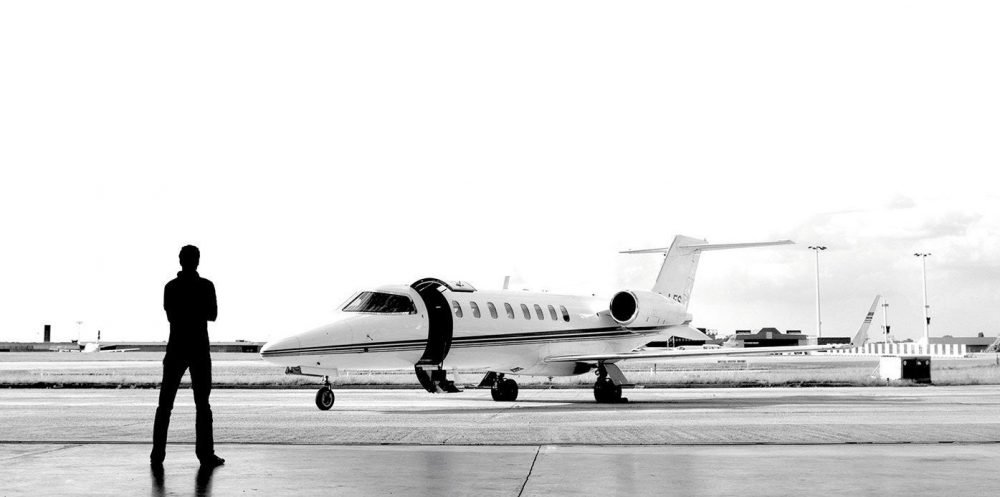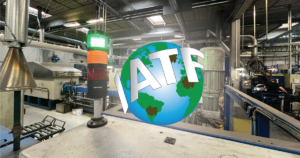VANCOUVER — Anticipated findings from recent analysis by Emergen Research reveal that the global aircraft braking system market is poised to attain a substantial valuation of approximately $15.11 billion by the year 2030.
This growth is anticipated to occur steadily, propelled by a compounded annual growth rate (CAGR) of 3.6% in terms of revenue.
A primary driver of this expansion is attributed to noteworthy advancements within aircraft braking components, with a notable shift from traditional steel to more innovative carbon materials.
Additionally, the heightened operational activities within the realm of commercial aircraft further contribute to the upward trajectory of market revenue. The pivotal function of the aircraft braking system in facilitating essential ground-based maneuvers—such as takeoff, landing, and taxiing—significantly underscores its significance within aircraft handling operations.
During the mid-1980s, Safran Landing Systems (formerly known as Messier-Bugatti-Dowty) introduced a groundbreaking innovation to the realm of commercial aviation: carbon brakes for airplanes. This pivotal introduction marked a significant departure from traditional steel brakes. Fast forward to the present day, and a recent analysis underscores that the adaptability of carbon brakes extends to the entirety of existing commercial and military aircraft models.
The comparative advantages of carbon brakes over their steel counterparts are notable. Of paramount importance is the remarkable ease with which carbon brakes can be retrofitted into various aircraft models.
However, the true standout feature lies in the substantial reduction in weight that carbon brakes offer. This weight reduction translates into tangible benefits, such as a lighter aircraft, which subsequently leads to reduced fuel consumption and minimized engine emissions—a win-win situation for both operational efficiency and environmental considerations.
An ongoing trend within the market pertains to the customization of braking systems and landing gear. This approach ensures that solutions are tailored to specific operational requirements. An illustrative example of this trend is Safran Landing Systems’ introduction of “Landing Life” in October 2021.
This new operator interface is meticulously designed to cater to the critical needs of customers. Notably, it addresses the aspects of aircraft maintenance during flight, cost-effective lifecycle management, and knowledge sharing. The interface grants customers access to a comprehensive portal where they can discover optimal solutions for challenges they encounter.
This ranges from accessing technical documentation to conducting searches for product or aircraft type information. Furthermore, the interface facilitates the reservation of online training sessions.
As an additional layer of support, Safran Landing Systems has integrated “Expert Link” into the Landing Life initiative. This forward-looking feature empowers operators’ technicians to engage with Safran’s support teams through video consultation. This interaction takes place via readily available devices like tablets or smartphones, demonstrating a commitment to leveraging technology for efficient problem-solving and expertise sharing.
Further information about the research report can be found by clicking HERE.








